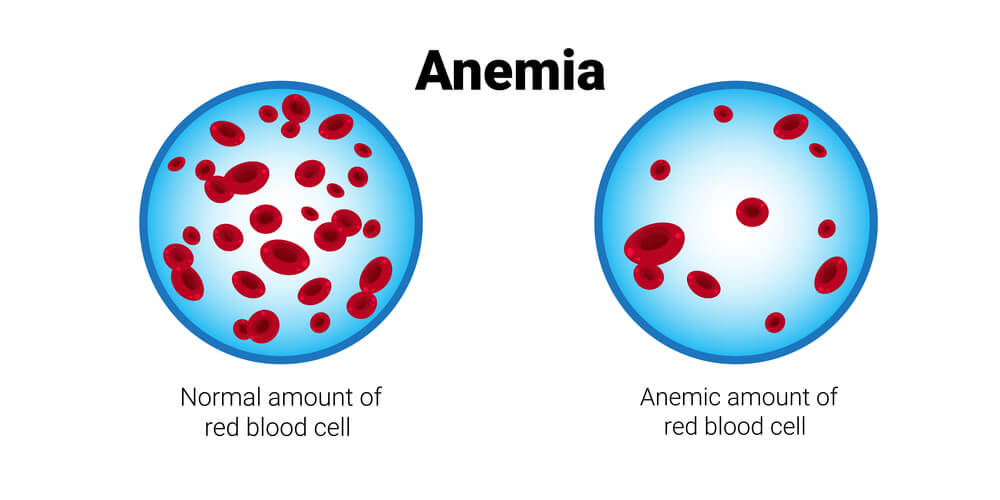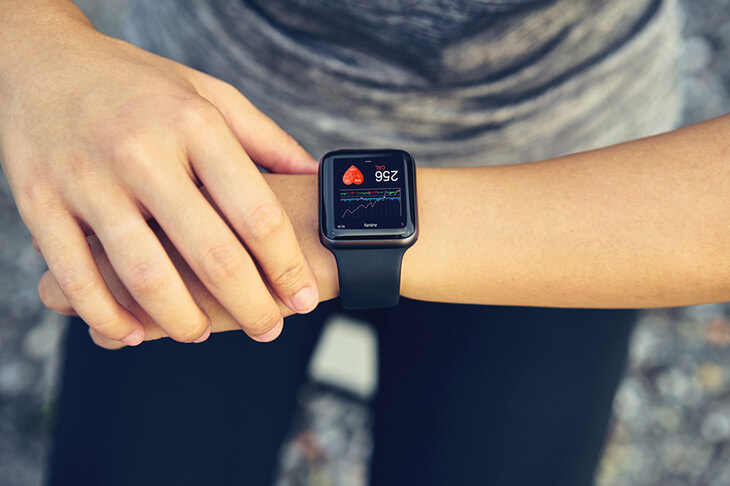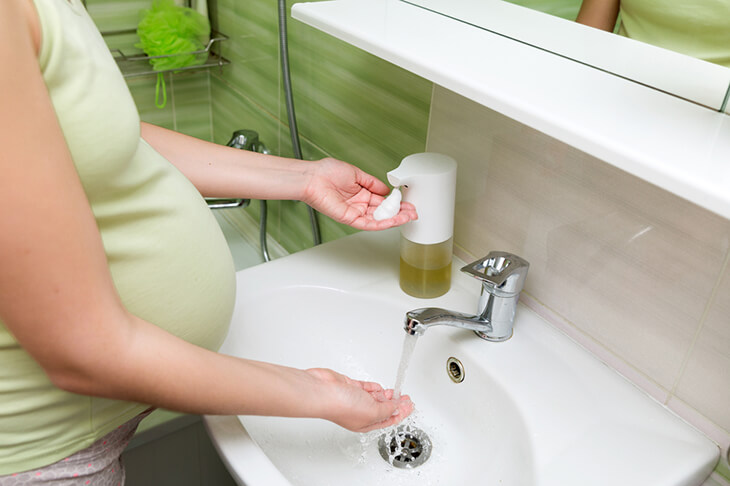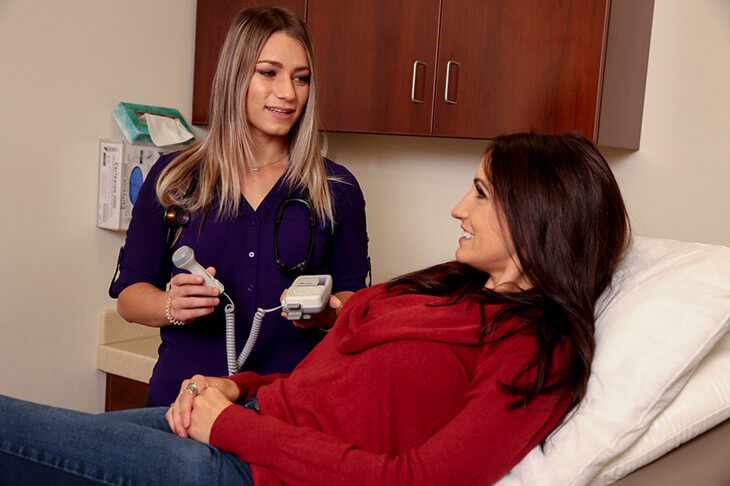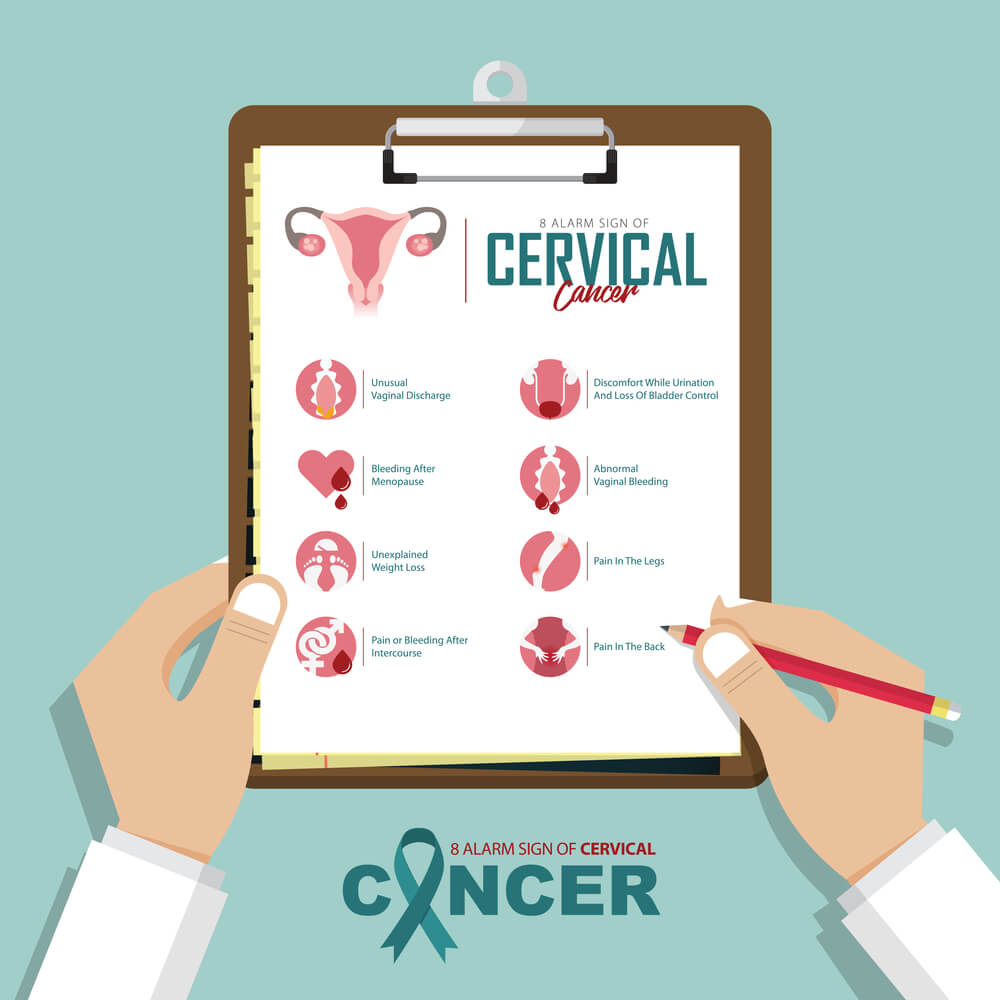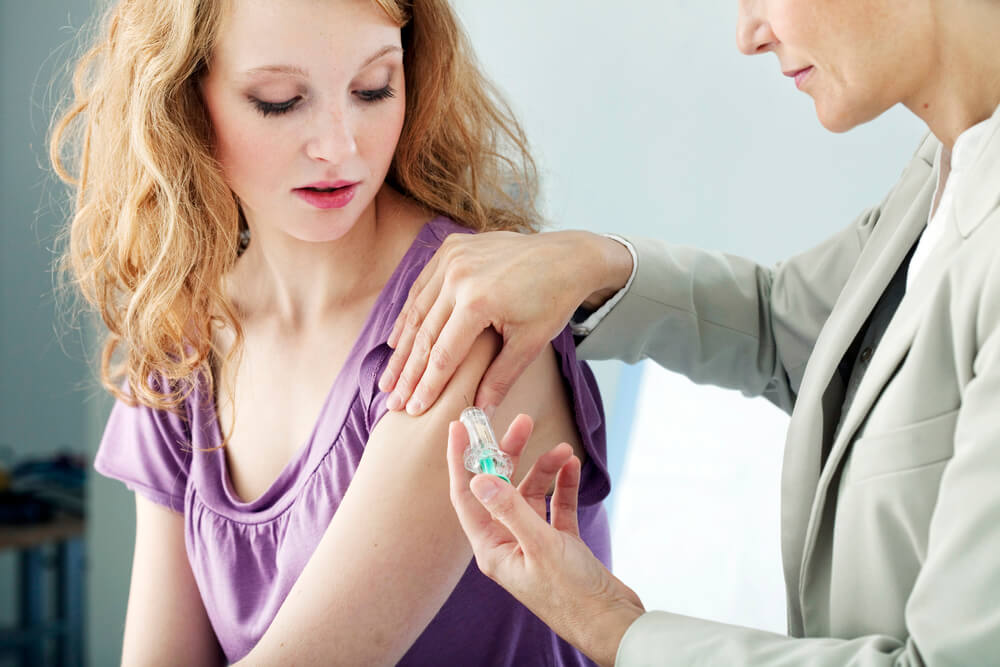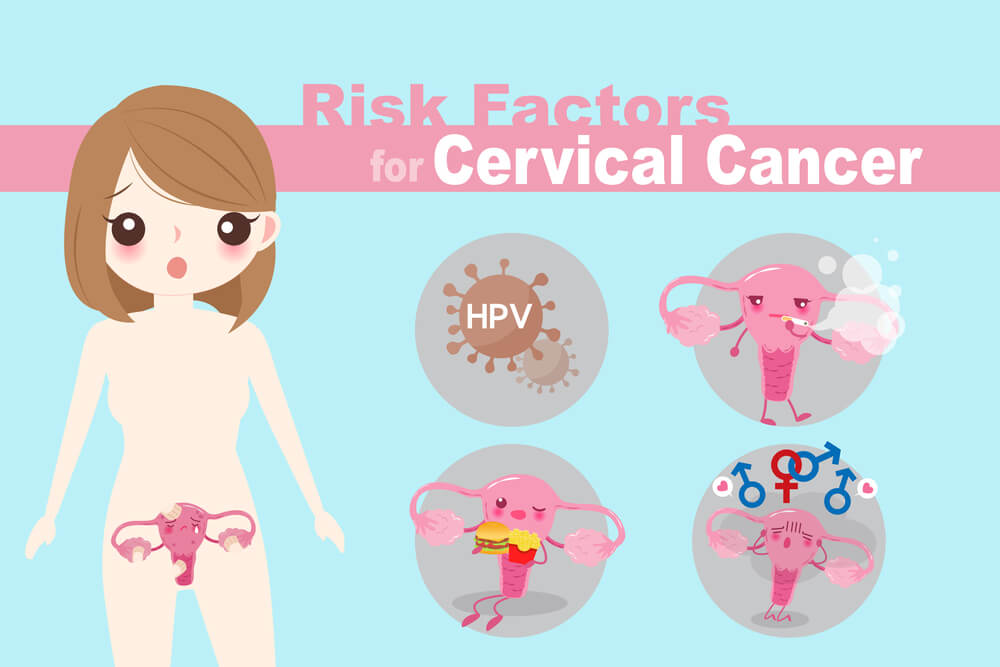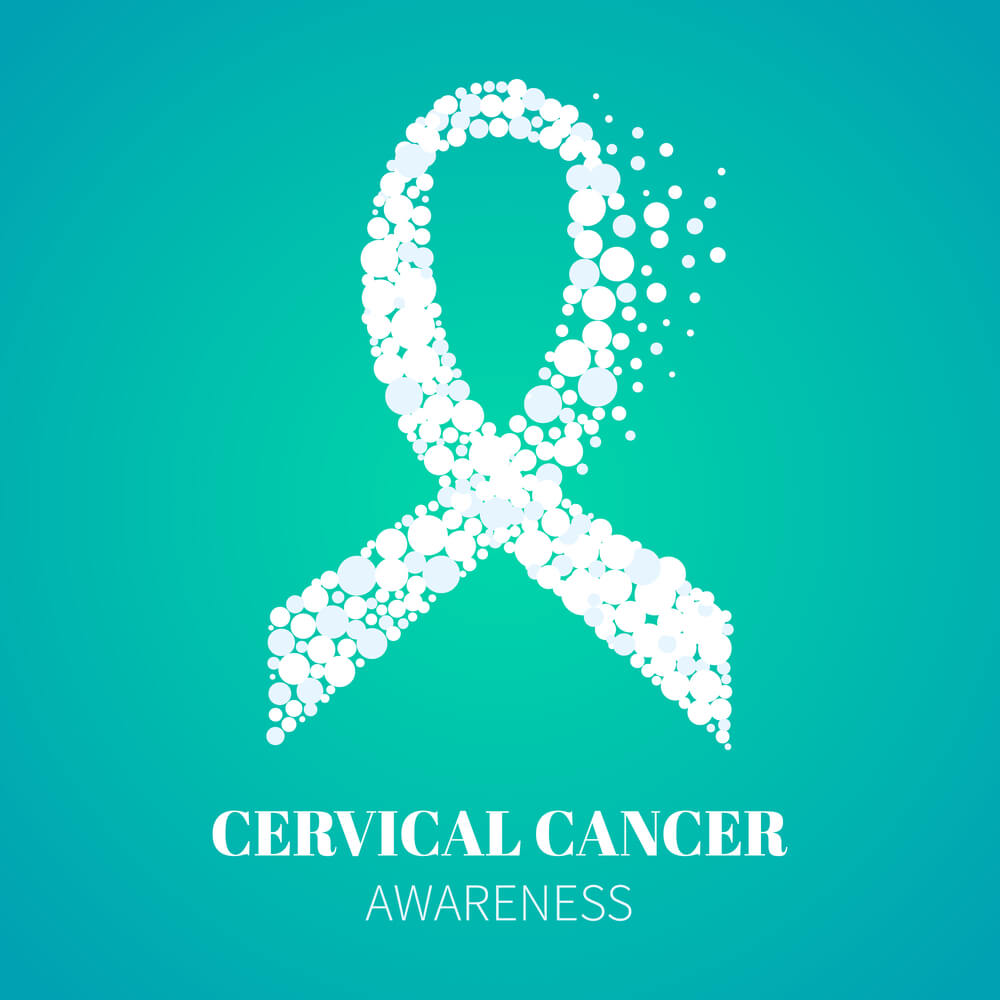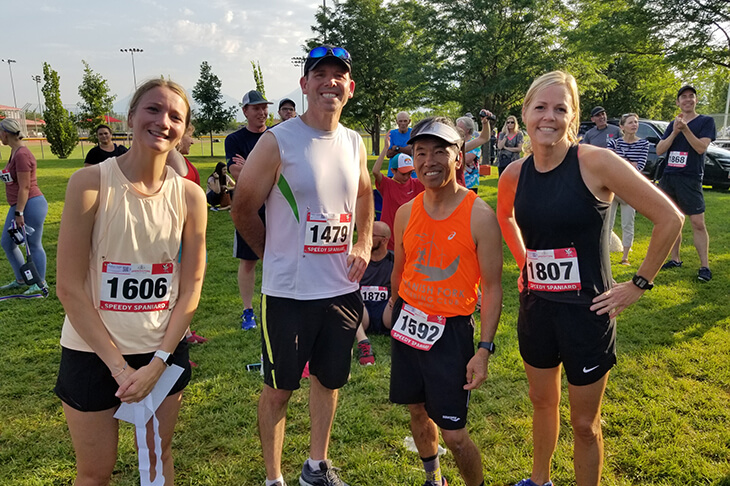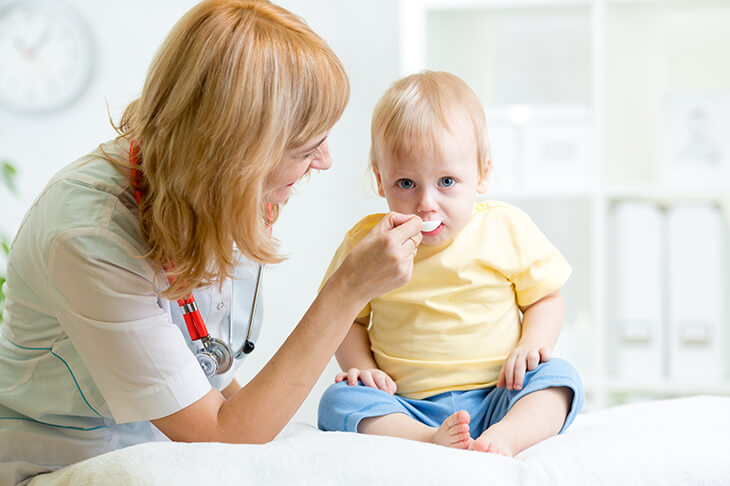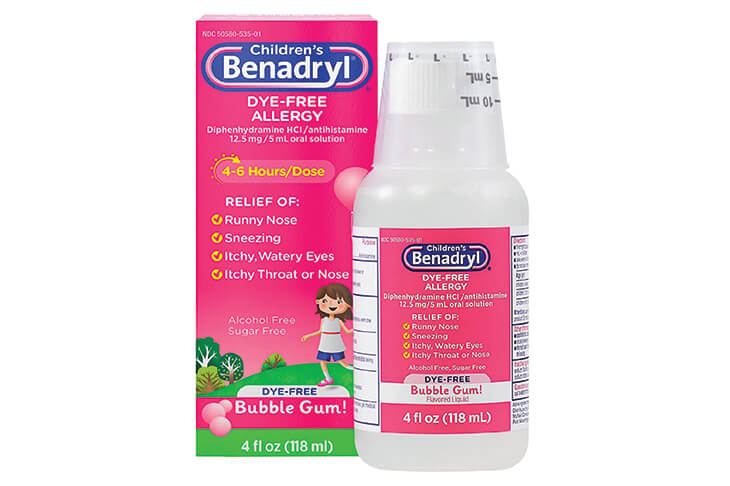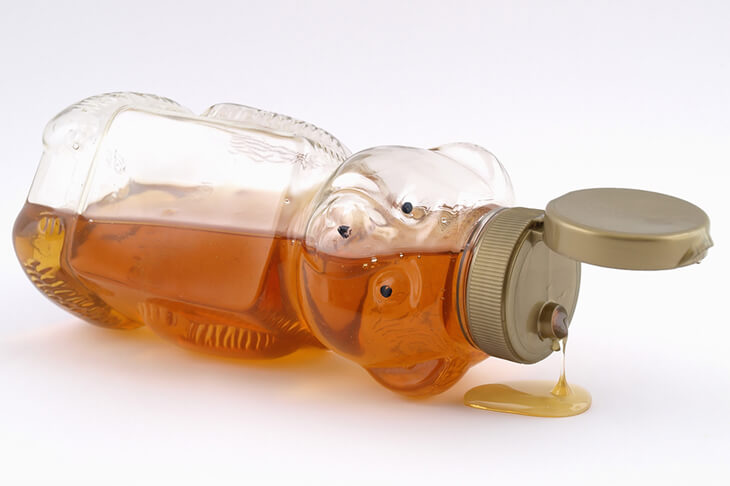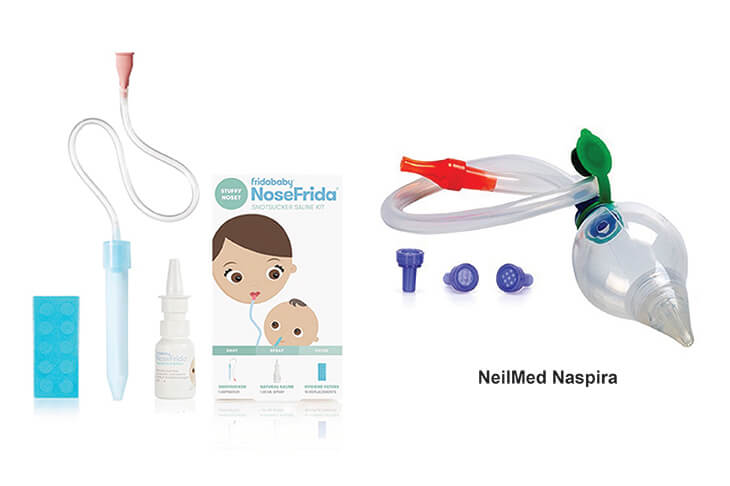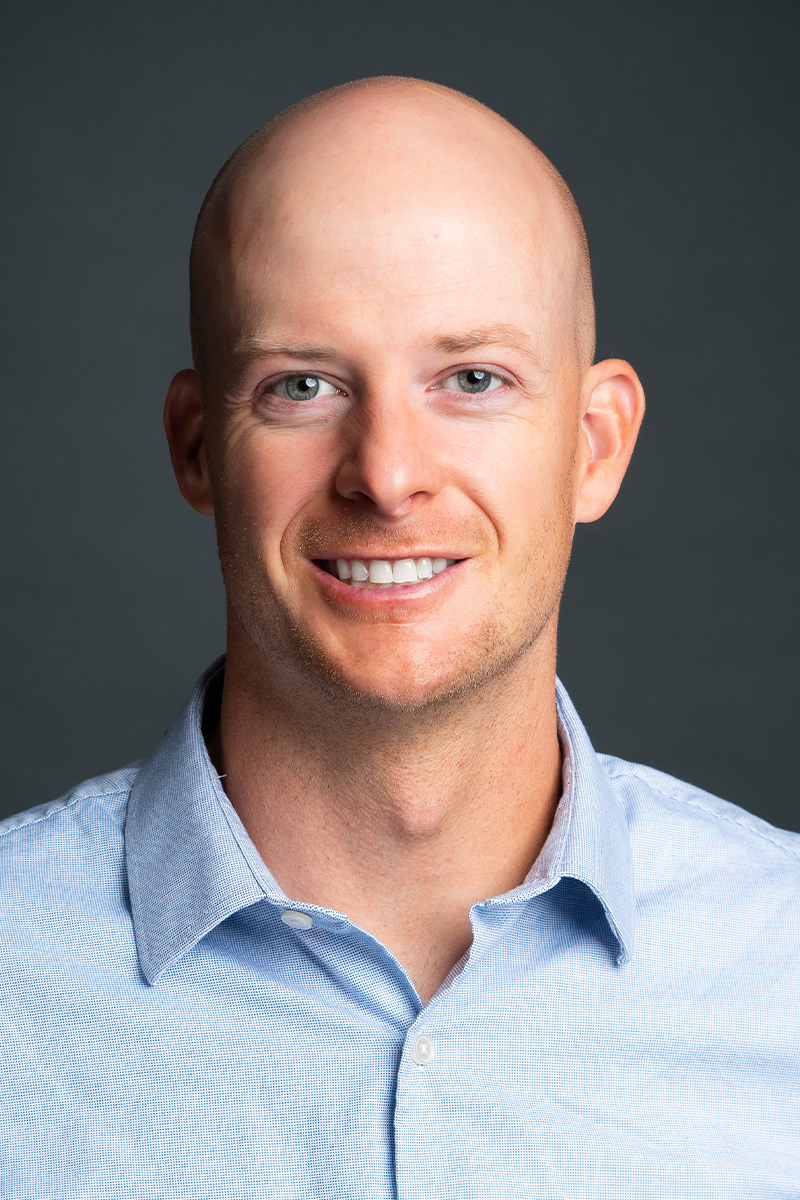Two to Three hundred years ago, very few people suffered from allergies. Nowadays, it’s common for people to be allergic to multiple things. What has changed? Why are people becoming more and more allergic to chemicals, foods, animals, and our natural environment? There are numerous reasons:

1. We have fewer bacteria in our intestines. We are exposed to cleaner water and more soap and hand sanitizer. C-section delivers more of us, so we are not exposed to our mother’s natural vaginal bacteria (1). We are exposed to more antibiotics, especially as children. Fewer bacteria diversity in the intestines has been shown to increase the risk of developing allergies.

2. For decades, doctors recommended waiting to introduce certain foods till later in childhood. We now know this increases the chance of developing a food allergy (4).

3. We are exposed to more acid-reflux medicines, which reduce stomach acid. Lower stomach acid affects food digestion and how our immune system is exposed to food (3).

4. We spend less time outdoors, especially as children and fewer of us grow up on farms, having less exposure to farm animals (5).

5. We have been exposed to more pollution and 1st or 2nd hand smoking. These have altered how our immune system interacts with our environment (5).

6. Our children wear shoes more when they play outside. When children’s feet have less exposure to bacteria and worms, the risk for allergies goes up (5).
We can control some of these risk factors now, some of them we can modify, and some we cannot. To decrease your and your children’s risk of developing allergies, you can do the following:

1. Eat various foods in your home, including milk, nuts, eggs, and soy. Expose your children to them starting at six months (see your allergist first if there is a family history of life-threatening food allergy). Eat these foods when you are pregnant. If your infant was born via C-section, give them a few different probiotic supplements in their first five years (2).
2. Keep your infant off acid reflux medicine unless necessary. Eat healthily and lose weight to avoid having to take acid-reflux medicine.
3. Avoid taking and giving your children antibiotics unless necessary.
4. Let your kids go outside in the backyard barefoot (within reason).
5. Limit kids’ screen time, and get them outside as much as possible, as young as possible.
6. If you have an opportunity to live on a farm in a less polluted area, take it.
7. Limit hand sanitizer and soap use (within reason) in your home.
8. Stop smoking/vaping.
9. Consider taking a daily probiotic with various strains in it.
By David Beckstead, MD
Sources:
1. Koplin J, et al. Is cesarean delivery associated with sensitization to food allergens and IgE-mediated food allergy: a systematic review. Pediatr Allergy Immunol. 2008;19(8):682.
2. Kuitunen M, et al. Probiotics prevent IgE-associated allergy until age five years in cesarean-delivered children but not in the total cohort. J Allergy Clin Immunol. 2009;123(2):335.
3. Mitre E, et al. Association Between Use of Acid-Suppressive Medications and Antibiotics During Infancy and Allergic Diseases in Early Childhood. JAMA Pediatr. 2018;172(6):e180315. Epub 2018 Jun 4.
4. Commins S. Food intolerance and food allergy in adults: An overview. UpToDate. Accessed 3/9/22.
5. Platt-Mills T, Commins S. Increasing prevalence of asthma and allergic rhinitis and the role of environmental factors. UpToDate. Accessed 3/9/22.


